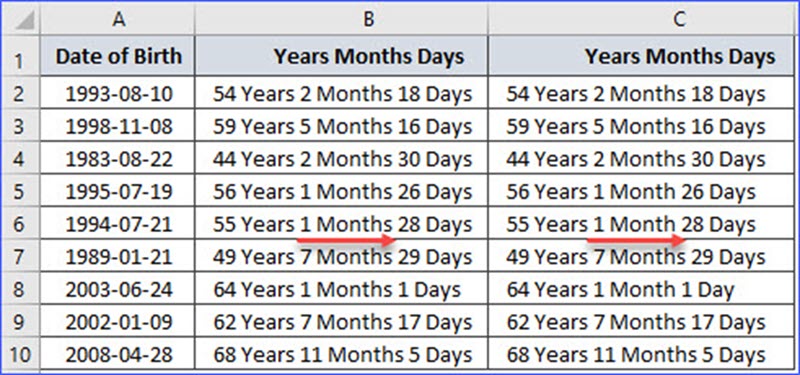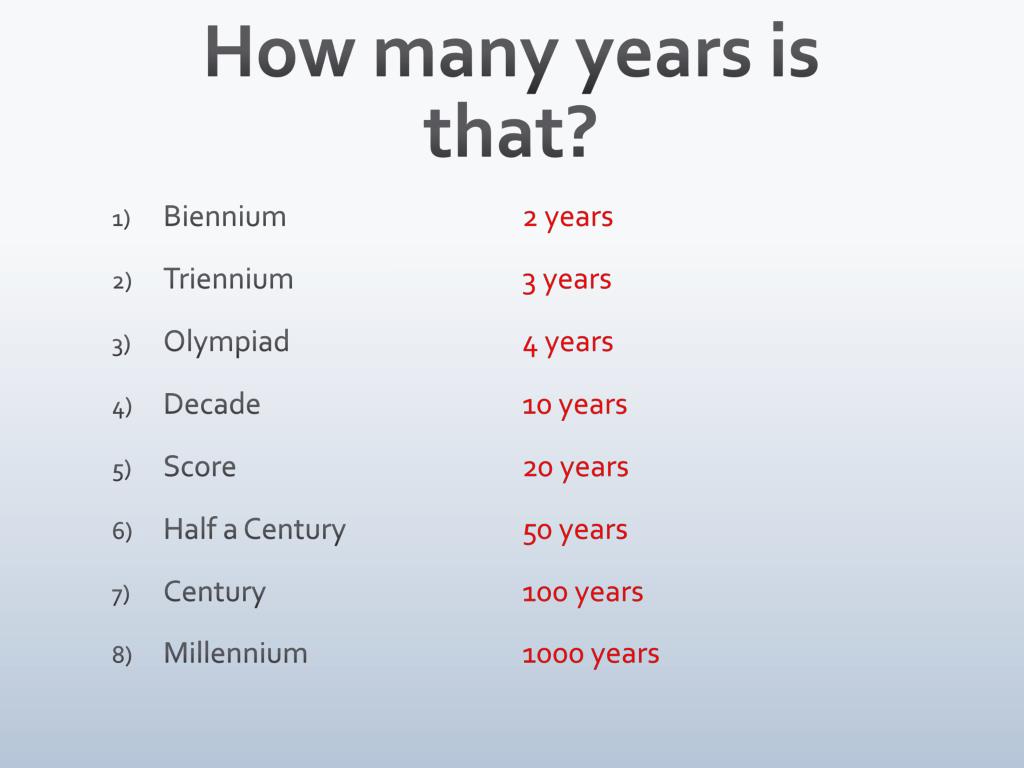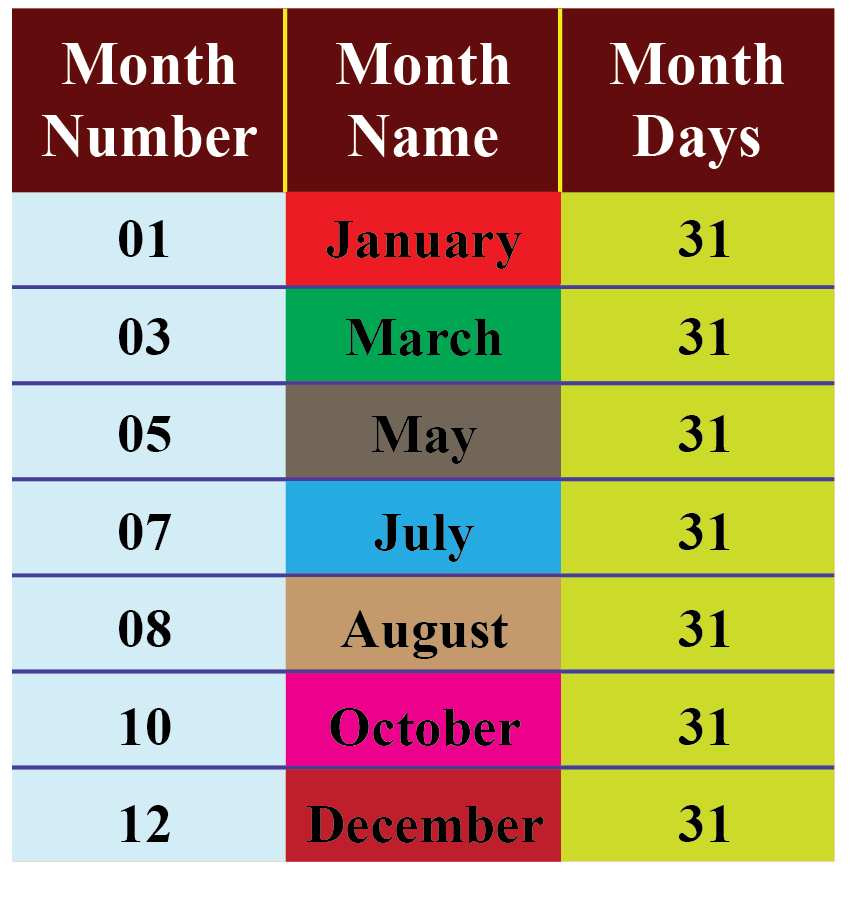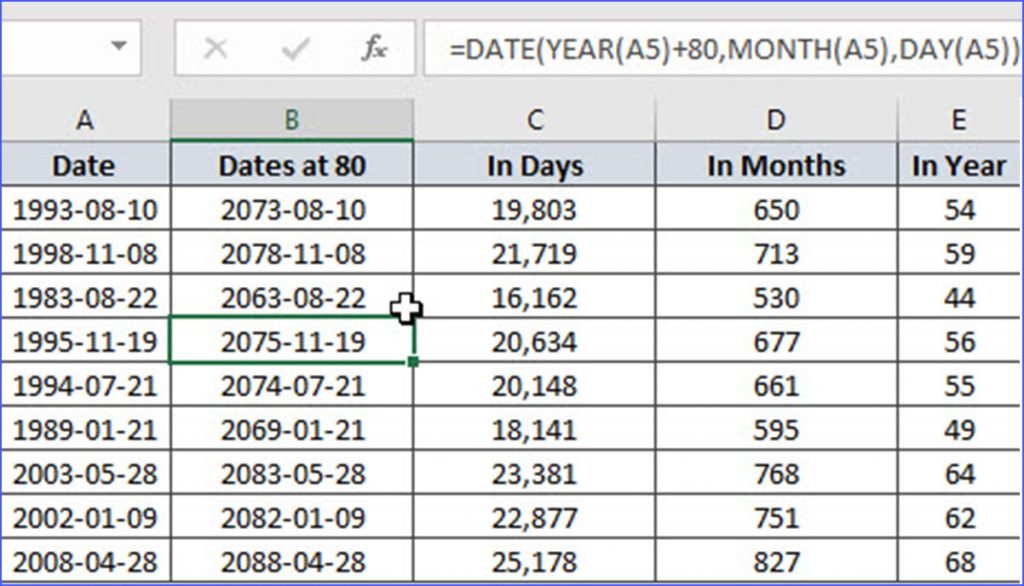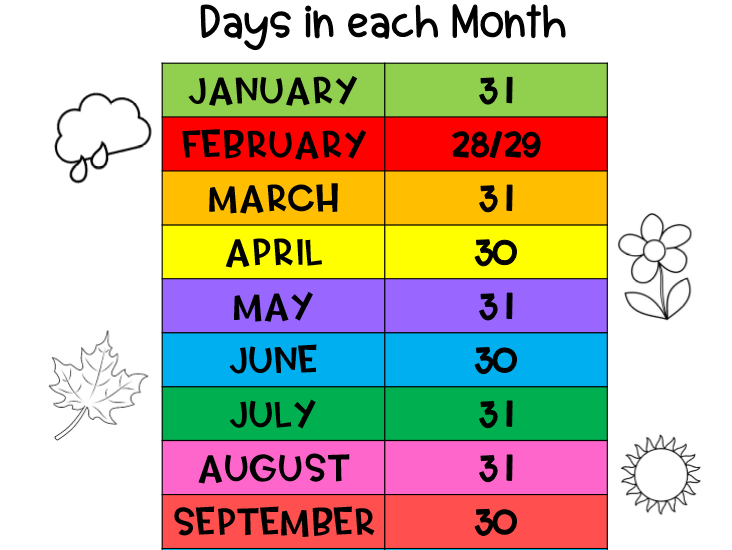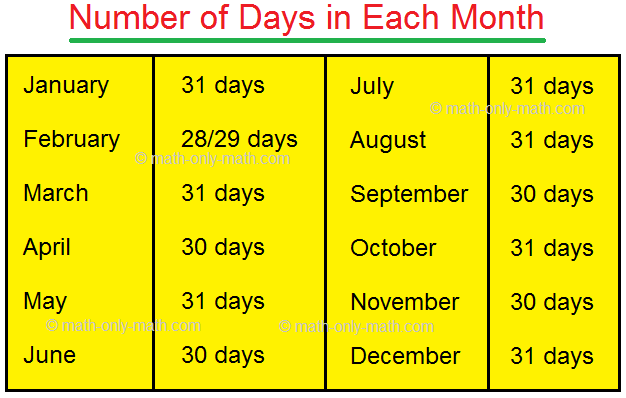How Many Years Is 480 Months

In an era saturated with fleeting information, a seemingly simple question—"How many years is 480 months?"—might appear trivial. Yet, this calculation underpins significant aspects of financial planning, legal agreements, and even historical analysis. Misinterpretations or inaccuracies in such calculations can lead to substantial errors in forecasting and decision-making.
This article delves into the definitive answer to the question of how many years 480 months represents. It also explores the real-world implications of understanding this conversion, especially in sectors where precise temporal measurements are critical.
The Straightforward Calculation
The fundamental calculation is quite direct. There are 12 months in a year.
Therefore, to convert months to years, we divide the number of months by 12.
In this case, 480 months divided by 12 months/year equals 40 years.
Real-World Applications: Financial Planning
In financial planning, understanding time scales is paramount. Consider mortgage terms: a 480-month mortgage is, unequivocally, a 40-year mortgage.
This understanding is crucial for both borrowers and lenders when assessing long-term financial obligations and interest accrual.
According to data from the National Association of Realtors, the average mortgage term in the United States fluctuates, but 30-year mortgages (360 months) remain a popular choice, making the 40-year term a less common but still relevant option for some.
Retirement Planning
Retirement planning also heavily relies on accurate time calculations. Individuals planning for retirement may estimate their life expectancy and, consequently, the duration for which their savings need to last.
A 40-year timeframe is a substantial portion of an average person's adult life, making accurate calculations pivotal for sustainable retirement funds.
Fidelity Investments suggests that understanding these long-term time horizons is critical in determining appropriate investment strategies and withdrawal rates.
Legal and Contractual Agreements
Beyond finance, legal and contractual agreements often stipulate timeframes in months or years. Lease agreements, for example, might be structured around multi-year terms.
A 480-month lease would represent a considerably long-term commitment, demanding careful consideration of the terms and conditions.
Disputes or misunderstandings regarding these timeframes can lead to costly legal battles. Therefore, clarity and precision are paramount.
Historical Analysis
Historical research also benefits from precise temporal calculations. Analyzing long-term trends, such as economic cycles or demographic shifts, requires converting data points into meaningful timeframes.
For instance, studying the impact of a 40-year period on technological advancements or social change can provide valuable insights.
The Pew Research Center often utilizes such long-term data analysis to identify societal trends and their potential implications.
Potential Pitfalls and Misinterpretations
While the calculation itself is straightforward, errors can arise from misunderstandings about compounding interest, inflation, or other factors that change over time.
For example, assuming a constant rate of inflation over 40 years without accounting for fluctuations could lead to significant miscalculations in long-term financial projections.
Consulting with financial professionals or using sophisticated forecasting tools is essential for mitigating these risks.
"Accurate forecasting requires more than just converting months to years; it demands a holistic understanding of the variables at play," says Dr. Emily Carter, a professor of financial economics at Stanford University.
The Importance of Context
It's also crucial to consider the context in which the timeframe is used. In some scenarios, a "year" might not precisely equate to 12 months due to leap years or other calendar variations.
While these discrepancies are often minor, they can become significant in highly precise calculations, such as those involving astronomical or scientific data.
The National Institute of Standards and Technology (NIST) provides precise timekeeping standards to address these complexities.
Conclusion: Precision and Clarity
In conclusion, 480 months is definitively equivalent to 40 years. However, the simplicity of this conversion should not overshadow the importance of its application in diverse fields.
From financial planning to legal agreements and historical analysis, understanding and accurately calculating these timeframes is essential for informed decision-making.
Moving forward, emphasizing clarity and precision in temporal measurements will continue to be paramount in navigating an increasingly complex world. Investing in accurate calculations will, without a doubt, pay dividends in the long run.

